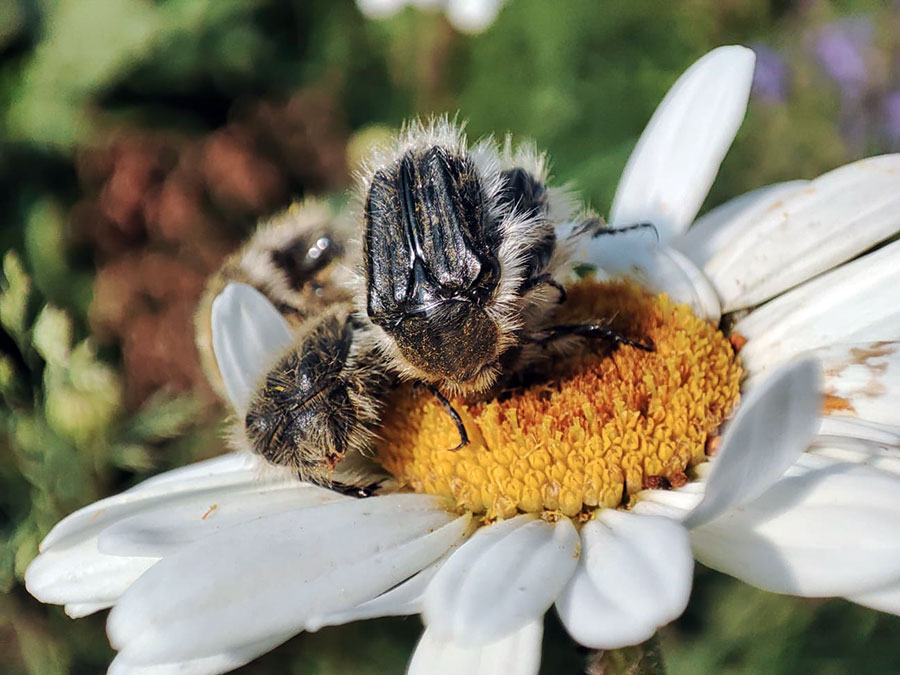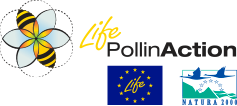Life PollinAction
Pollination and pollinating insects
Pollination by insects represents one of the most striking examples of coevolution, adaption, and specialization, and demonstrates how the interaction between two groups of organisms can be an outstanding font of biological diversity. About 80% of plants requires the help of other living organisms such as insects, birds, or bats, to transfer pollen from one plant to another.
Flowering plants adapt to their pollinators, which in turn adapt to the plants and the relationships established between these two groups of organisms give rise to the high degree of complexity and diversity that we perceive in nature. Flowers pollinated by insects usually have bright colors and sometimes perceptible patterns that lead to pollen and nectar rewards. Insect pollinators, such as bees, have developed adaptations for their task, such as sucking or lapping mouthparts to take up nectar, and pollen baskets on their hind legs in some species.
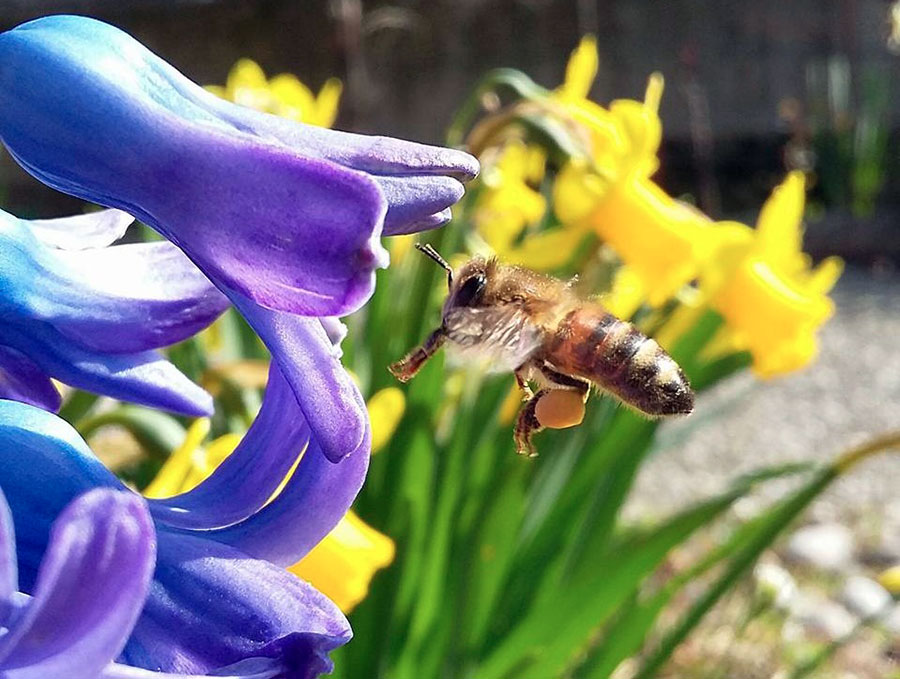
Pollination enables seed plants to produce seeds and fruits; at the same time, plants provide insects with resources, pollen and nectar, but also with reproduction and overwintering sites, which they need for their life cycle.
The pollinator
crisis
For a complex set of causes: the use of pesticides, the spread of diseases and parasites, climate change, the introduction of alien species. However, the greatest impact is linked to human use of land: urbanisation and intensive cultivation of agricultural land have led to the simplification of the landscape and the reduction/disappearance of natural and semi-natural habitats for pollinators.
Life PollinAction
Who are the pollinators?
There are many species of pollinating insects. The main orders of insects to which they belong are:
Hymenoptera
that include bees, which are among the most important and certainly best-known pollinators, but also bumblebees, wasps and pollinating ants.
They are an extremely important and diverse group of pollinators. Bees, which include both social (e.g., Bombus and Apis) and solitary (e.g., Osmia and Megachile) species, are considered the main pollinators of many wild and cultivated plant species. Only a few plant species in the temperate regions of the world have an obligate relationship with specific pollinators. However, many of them do form such a relationship with bees, as they are among the most efficient insects in manipulating flowers. Beside bees, wasps are very important pollinators. However, they are not as efficient as bees at pollinating flowers because usually they are not covered by hair so that pollen hardly sticks to their body to be transported from flower to flower. Finally, ants are also among the Hymenoptera capable of pollination. In general, ants are considered nectar thieves and pollination by ants is rarely effective; however, for some plant species their contribution to pollination is important. Different species of Hymenoptera nest in different environments. So to conserve a high richness of Hymenoptera species, it is important to incorporate a wide variety of nesting habitats into the landscape.
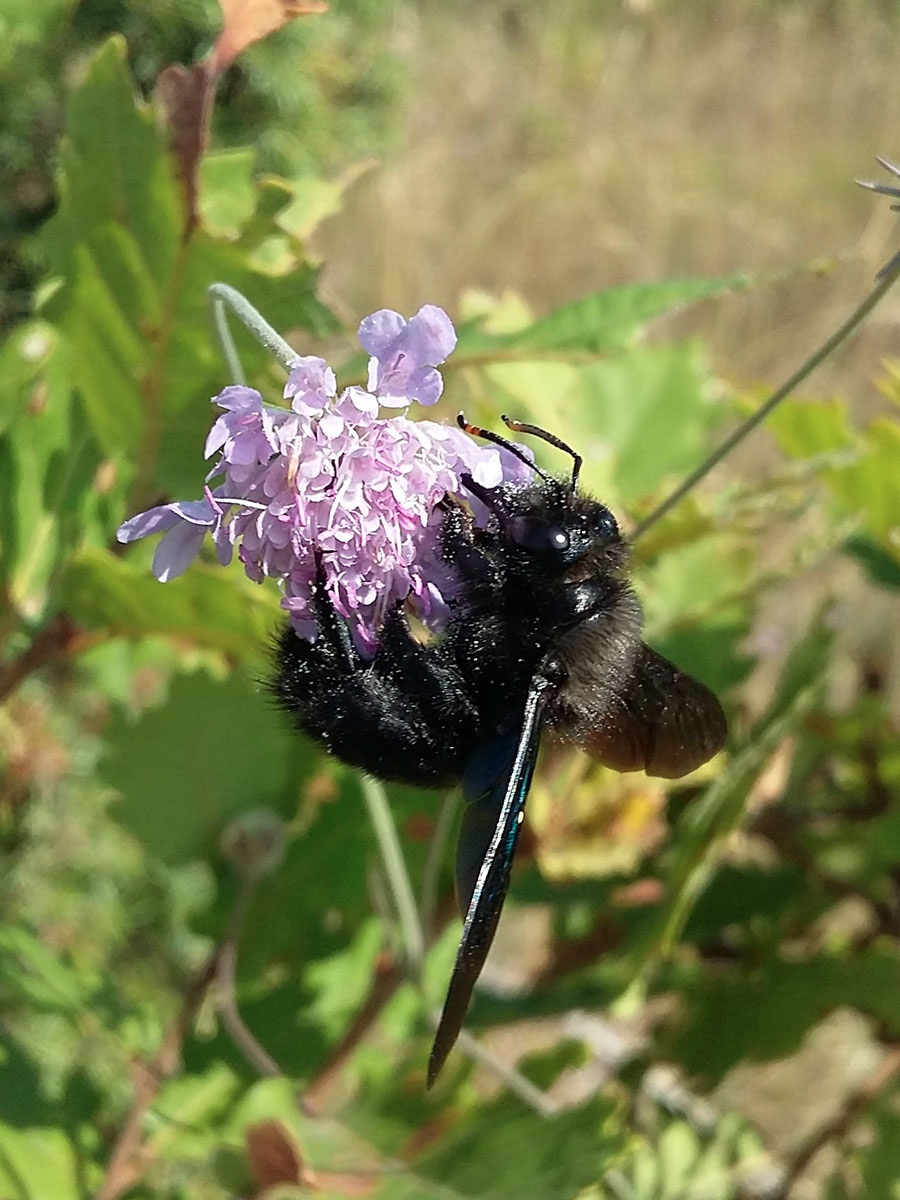
Lepidoptera
which include butterflies and moths
Butterflies are very active during the day and visit a variety of wildflowers; however, they are not as efficient as bees at transporting pollen between plants. Being characterized by long, thin legs and their particular proboscis-shaped mouthparts, the spirotrumpet, they do not collect much pollen on their bodies and have no special structures to collect it. Butterflies forage for nectar, their fuel for flight, and typically prefer flat, grouped flowers that provide a landing site and abundant rewards. Night flowers with pale or white, fragrant and abundant dilute nectar attract moth pollinators.
Like Hymenoptera, many Lepidoptera use resources found in a variety of habitat types and require a mosaic of habitats across the landscape. For example, some species breed along scrub or forest edges and require a mixture of scrub and grassland.
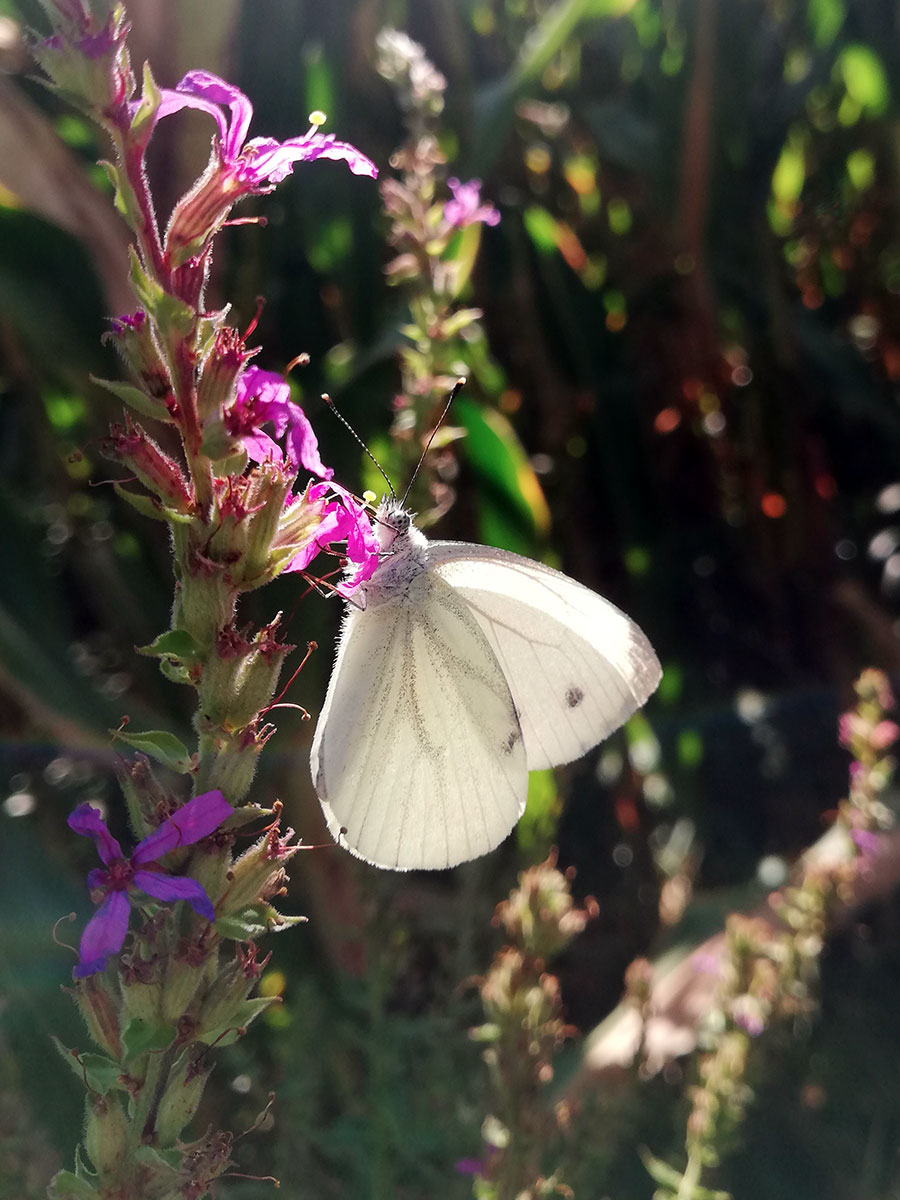
Diptera
Like the syrphids, which look like the Hymenoptera and are equally important as pollinators.
Diptera, also known as flies, are an important but often overlooked group of pollinators. Diptera are distinguished from other insects by their two membranous forewings and by their hind wings that are reduced to very small halters, which are used to balance in flight. They are an ancient group and were probably among the earliest groups of pollinators. Diptera visit flowers to obtain resources in the form of nectar and pollen on which they feed: nectar provides energy while pollen is rich in proteins, which some adult flies need to produce their eggs. However, some Diptera visit flowers to lay their eggs, and the larvae feed on the flower heads or developing fruits and seeds. In cold, arctic and alpine habitats, some flowers attract flies by providing them with warm shelter. This keeps their flight muscles warm and allows them to fly in temperatures that would be unsuitable to most bees. But flowers can also serve as a meeting place for mating. Numerous species of Diptera gather on the flowers of specific plant species and thus indirectly contribute to pollination.
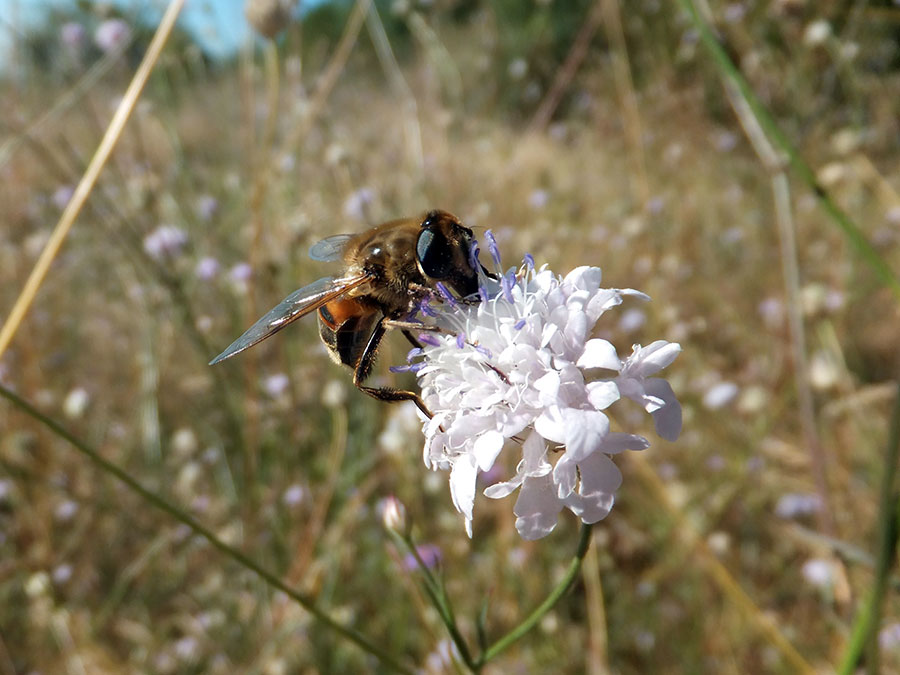
Coleoptera
Beetles are an ancient group of pollinators and form the largest order (Coleoptera) in the animal kingdom. More than 300,000 species have been described worldwide, representing about 40% of known insects. The fossil record shows that beetles were abundant when dinosaurs roamed the earth during the Mesozoic Era, about 200 million years ago. When flowering plants (angiosperms) appeared on the scene about 100 million years ago, there were neither bees nor butterflies. In their absence, beetles helped shape the early pollination relationships between plants and insects. Some of the best-known plants pollinated by beetles are magnolias, which themselves belong to an ancient group of plant species. There are several features that plants pollinated by beetles have in common. These include large, strongly scented, cup-shaped flowers that are usually open during the day, and leathery or hard petals and leaves. Flower colours range from white and cream to pale green or even burgundy. Since beetles are primarily interested in pollen as a food source, these plants must produce enough pollen to have something for pollination. The beetles do not have special structure or mechanism for collecting pollen, though there are some exceptions such as Oxythyrea funesta which has hair on its body.
